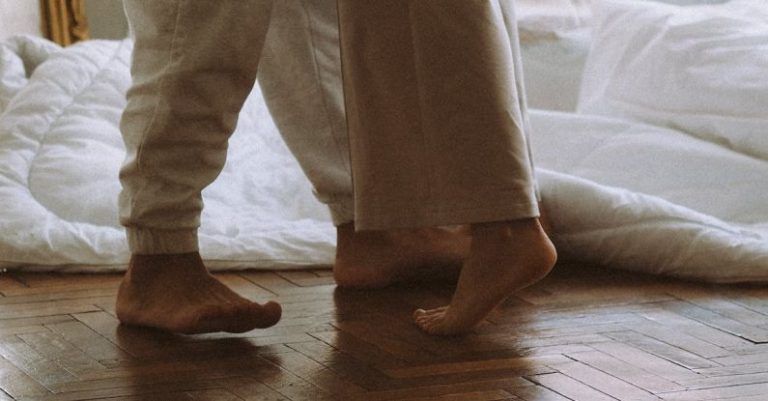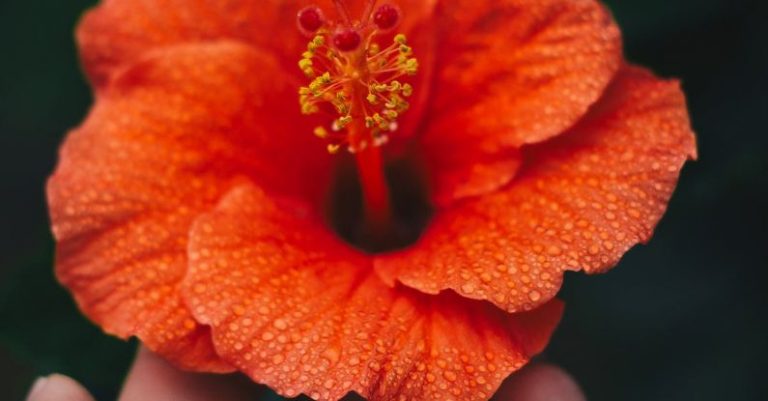
When it comes to quilting, the choice of quilt batting plays a crucial role in determining the overall look, feel, and durability of your project. With a wide array of options available in the market, selecting the right quilt batting can seem like a daunting task. However, by understanding the different types of quilt batting and considering your specific needs and preferences, you can make an informed decision that will enhance the quality of your quilts.
Understanding the Different Types of Quilt Batting
Before diving into the selection process, it is essential to familiarize yourself with the various types of quilt batting available. The most common types include cotton, polyester, wool, bamboo, and blends. Each type of batting offers unique characteristics that can impact the final outcome of your quilt.
Cotton batting is a popular choice among quilters due to its natural and breathable properties. It provides a traditional look and feel to quilts and is easy to work with during the quilting process. Cotton batting is also known for its ability to shrink slightly when washed, giving quilts a classic crinkled appearance.
Polyester batting, on the other hand, is a synthetic option that offers excellent loft and warmth. It is non-allergenic and retains its shape well over time, making it a durable choice for quilts that will see frequent use. Polyester batting is also available in various thicknesses, allowing quilters to achieve different levels of loft in their projects.
Wool batting is prized for its warmth and lightweight feel. It has excellent insulating properties, making it ideal for quilts that will be used in colder climates. Wool batting also has a natural resilience that helps it maintain its loft and shape, giving quilts a plush and cozy texture.
Bamboo batting is a sustainable and eco-friendly option that offers a soft and silky texture. It has excellent moisture-wicking properties, making it a great choice for quilts that will be used in humid environments. Bamboo batting is also hypoallergenic and resistant to mold and mildew, making it a suitable option for quilters with allergies.
Blended battings combine two or more types of fibers to create a batting that offers the benefits of each material. For example, a cotton-polyester blend may provide the softness of cotton with the durability of polyester. Blended battings can be tailored to suit specific quilting needs, such as achieving a balance of warmth, loft, and drape.
Factors to Consider When Choosing Quilt Batting
When selecting quilt batting for your project, there are several factors to consider to ensure you choose the right option for your needs. These factors include the intended use of the quilt, the desired loft and drape, the quilting technique you plan to use, and any specific preferences you may have in terms of material and feel.
If you are making a quilt that will be used for decorative purposes or as a wall hanging, you may prioritize loft and thickness to create a visually appealing quilt. In contrast, quilts intended for everyday use may benefit from a thinner and more durable batting that can withstand frequent washing and handling.
The quilting technique you plan to use can also influence your choice of batting. For example, if you prefer densely quilted projects with intricate designs, you may opt for a low-loft batting that will allow the quilting stitches to stand out. On the other hand, if you prefer a more puffy and textured look, a high-loft batting may be more suitable.
Consider your personal preferences when selecting quilt batting, such as the feel of the material against your skin, any allergies you may have, and the overall aesthetic you want to achieve in your quilts. Taking these factors into account will help you choose a batting that not only meets your practical needs but also enhances the beauty and comfort of your quilting projects.
Making the Final Decision
After considering the different types of quilt batting available and evaluating your specific needs and preferences, it’s time to make the final decision. Take the time to compare different options based on factors such as material, loft, warmth, durability, and price. Remember that the right quilt batting can make a significant difference in the quality and longevity of your quilts, so it’s worth investing in a batting that meets your requirements.
When in doubt, don’t hesitate to reach out to fellow quilters, attend quilting workshops, or consult with quilting experts for guidance. By gathering information and seeking advice from experienced quilters, you can make an informed decision that will result in beautifully crafted quilts that you can cherish for years to come.
Choosing the right quilt batting is a crucial step in the quilting process that can elevate the quality and appearance of your projects. By understanding the different types of quilt batting, considering key factors such as intended use and quilting technique, and making a well-informed decision based on your preferences, you can create quilts that are not only visually stunning but also durable and comfortable. Take the time to explore your options, experiment with different battings, and trust your instincts to select the perfect batting that will bring your quilting vision to life.





